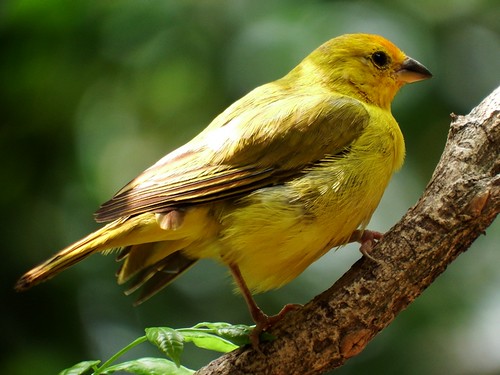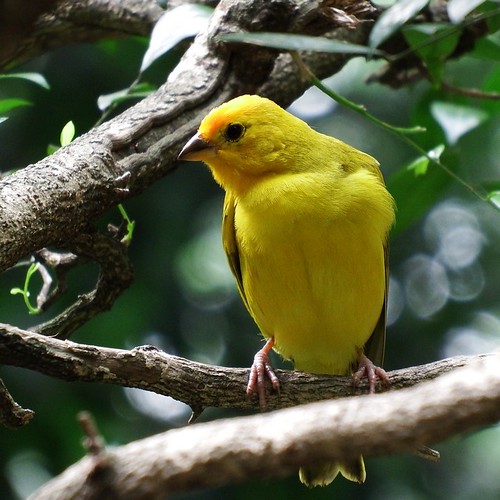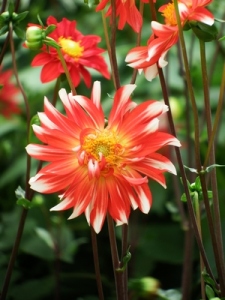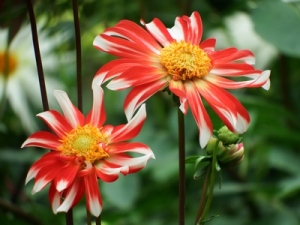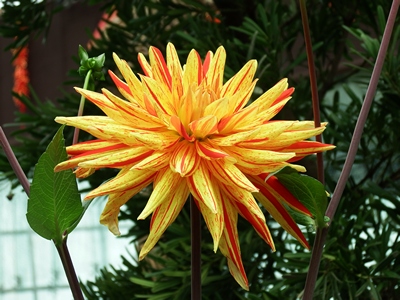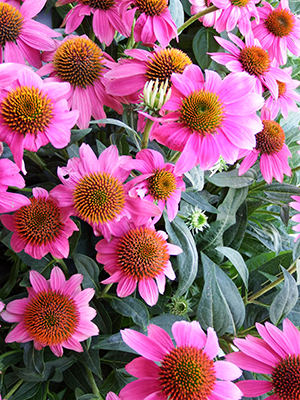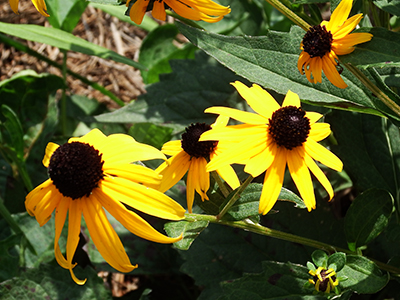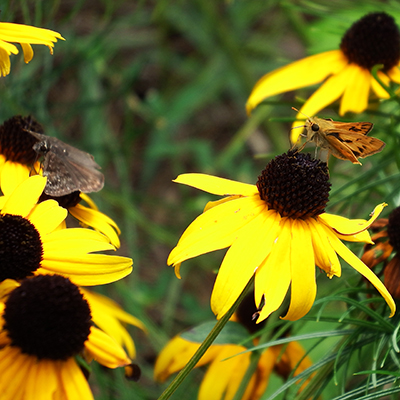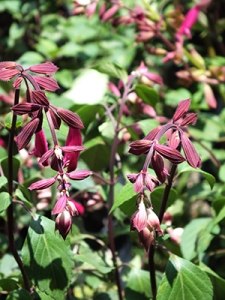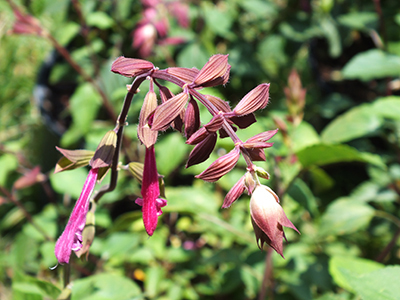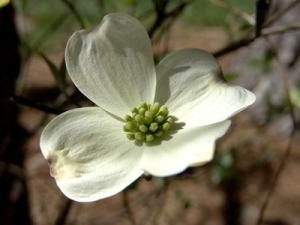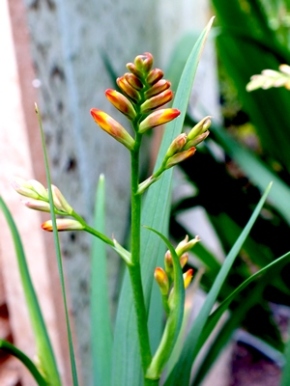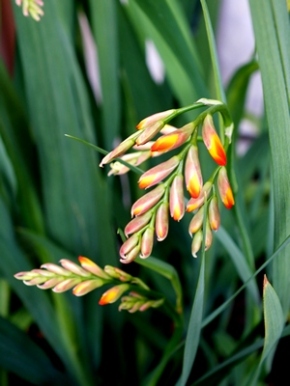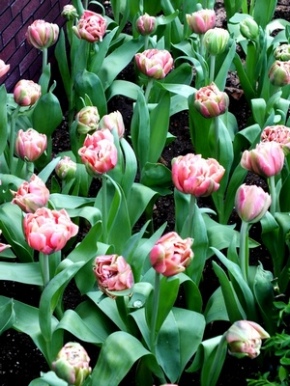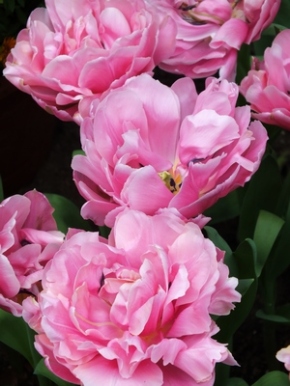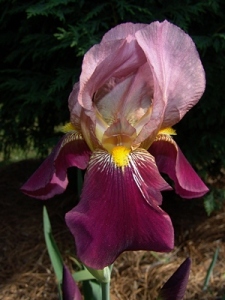
Tall Bearded irises have stalks with a height of 70 cm [27 1/2 inches] and above, with branching and many buds. Each stalk, in itself, makes a stately arrangement in the garden or in a vase. In addition to a wide variety of colors and patterns, the TBs display other qualities such as ruffling and lacing more frequently than do the other classes.
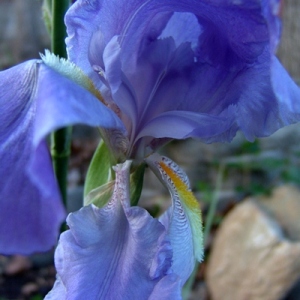
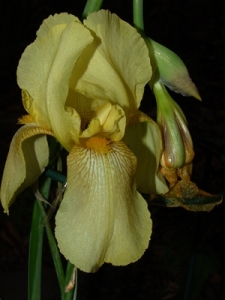
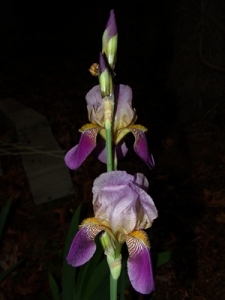
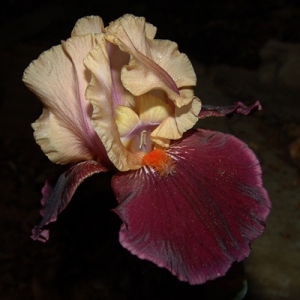
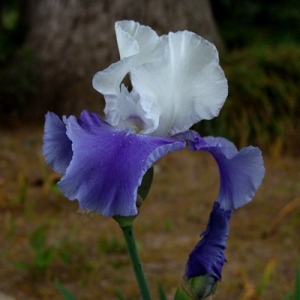
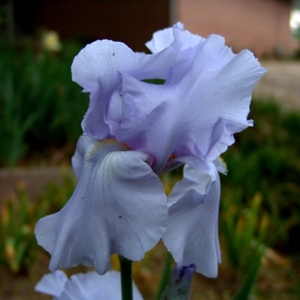
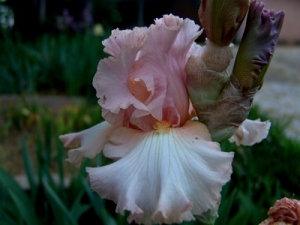
Types of Irises
Irises are classified into two major groups, Rhizome Irises and Bulbous Irises. Within those groups are countless species, varieties, cultivars and hybrids, according to the American Iris Society.
Rhizome Irises are thickened stems that grow horizontally, either underground or partially underground. After planting, iris rhizomes produce sword like leaves that overlap, forming flat fans of green foliage. Three popular irises in this group are Bearded, Beardless and Crested Irises.
- The bearded iris has four distinct parts: the Standards, Falls, Stigma flaps, and Beard
- The beardless variety has: Standards, Falls and Stigma flaps, but usually have crests
- The crested Irises or Evansia Iris has: Standards, Falls and Stigma flaps and in addition to a ridge on the falls of the blossom, they have ridges like crests instead of beards
Crested irises are often considered in the same manner as the beardless iris. These plants spread freely by underground stems and produce flat flowers in the shades of blue, violet and white. Often the flowers and leaves are found on bamboo like stems which can vary in height from 5-200 centimeters in height.
Varieties of Bearded Iris: Miniature Dwarf Bearded Iris, Dwarf Bearded Iris, Intermediate Bearded Iris, Border Bearded Iris, Miniature Tall Bearded Iris, Tall Bearded Iris
Varieties of Beardless Iris: Siberian Iris, Japanese Iris, Louisiana Iris, Dutch Iris, Yellow Flag Iris, Blue Flag Iris
Bulbous irises grow from bulbs that require a period of dormancy after they have bloomed. The bulbous irises are typically smaller than rhizome irises and usually produce smaller blossoms.
Photo: Atlanta, GA [20060405]
Source: American Iris Society, The Flower Expert
